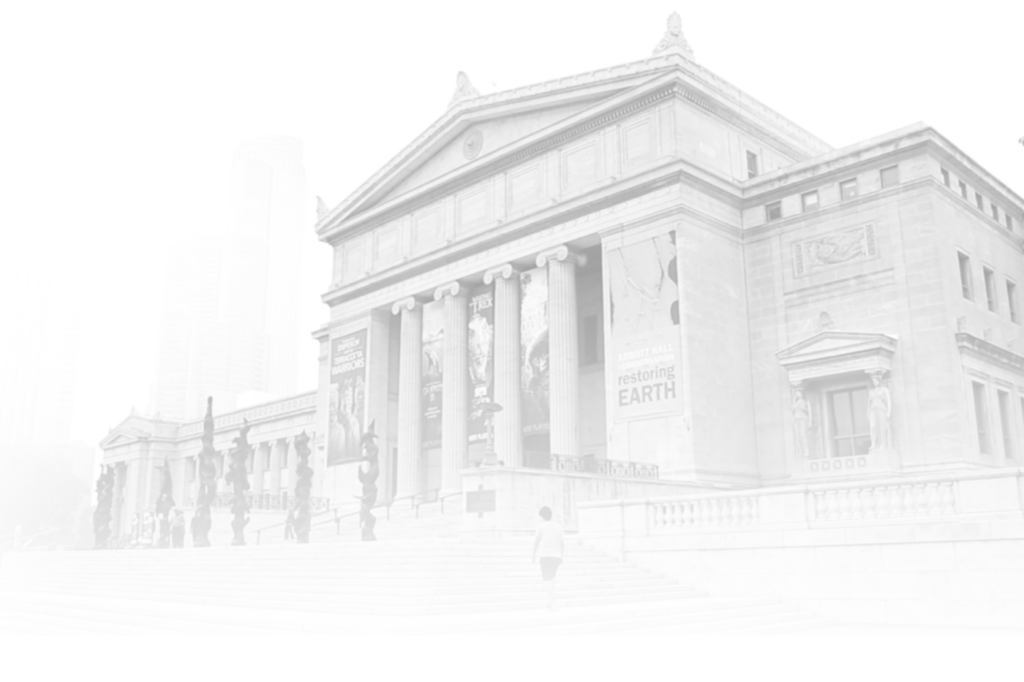For this question I chose the Chicago Field Museum for my examination. This museum received a short mention in some of the previous weeks readings, and I selected it largely due to it being a recognizable example that I was sure was sufficiently large and included both natural history and cultural collections. In addition, I was somewhat familiar with the existence of the field museum through popular culture osmosis.
A quick search of the official Field Museum website revealed that it is governed by a Board of Trustees. This board can consist of up to 85 voting members drawn from Chicago’s civic, corporate, professional, and philanthropic communities. The Board of trustees also includes several non-voting members divided into Ex-Officio, National and Life designations.
Like most long running museums, the mission and mission statement of the Field Museum has changed over time. In a 2011 Economic Impact Statement they listed their mission as the following: “The Field Museum is an educational institution concerned with the diversity and relationships in nature and among cultures. It provides collection-based research and learning for greater public understanding and appreciation of the world in which we live.”. This mission statement focuses on the Field Museum as an educational and research institution focused on cultural and natural diversity and covers a lot of bases. The current mission listed on the official website is much simpler and shorter, simply reading “The Field Museum connects all of us to the natural world and the human story”. This statement is far less specific and instead show a more flexible mission, which emphasizes a goal of connecting people to each other and to the natural world.
I was not able to locate a vision statement for the field museum on their official website, though there was a vision statement for their animal’s collection. I am unsure whether each collection has independent vision statements or if the broader vision statement is simply not readily available to the public.
I was able to find a copy of the current code of ethics in a document about the museums collections management policy. This document also notes that the Field Museum adheres to the American Alliance of Museums’ Code of Ethics for Museums, in addition to its own internal ethics code. This document also includes information on the authorities and responsibilities of its various administration as well as general policies on acquisitions, disposals, and loans for the museum. This document was last revised in 2019 and is up for further revision in September 2023.
I found looking for official information on the code of ethics, mission statement and other information on the field museum, unintuitive, but not especially difficult, though it was harder to get a picture of how these things changed over time, and I was ultimately unable to locate a vision statement for the museum as an institution. Given my own experiences with this assignment, my question for you is this: “How obligated should museums be to make their Mission, Vision, and code of ethics transparent and readily available to the public?

I’m really glad you selected the Field Museum Korovin. As one of the major museums of natural and cultural history in the United States I think they should be much more transparent about where they keep all their guiding documents! I also had to really hunt to find a number of their institutional policies and statements: https://www.fieldmuseum.org/about/history – they should certainly not be hidden and only accessible by clicking on one policy in the footer! It makes me wonder if their website is in the process of being updated and their menu structure has not migrated properly…